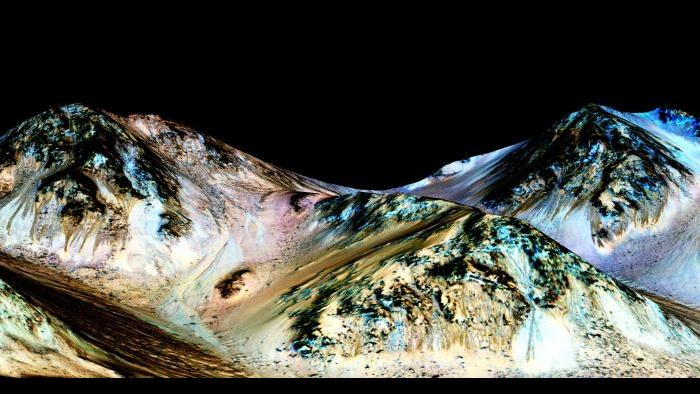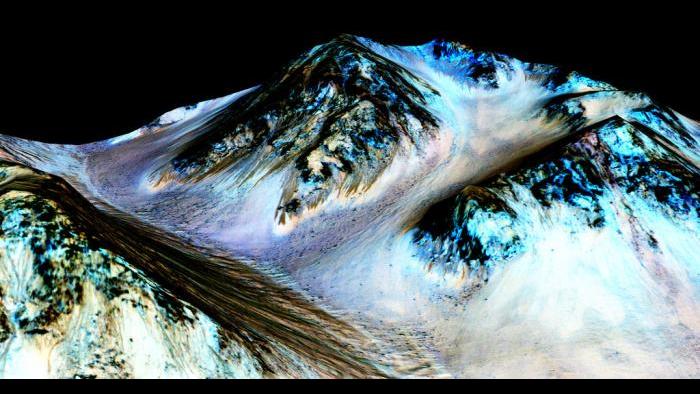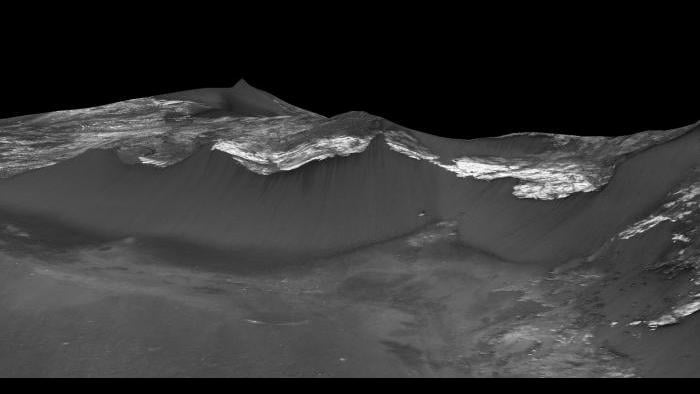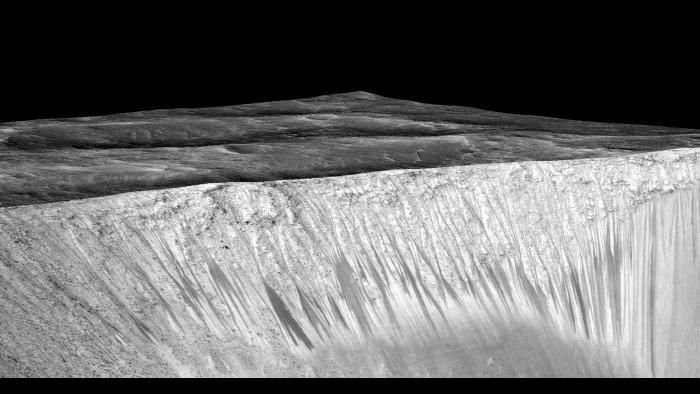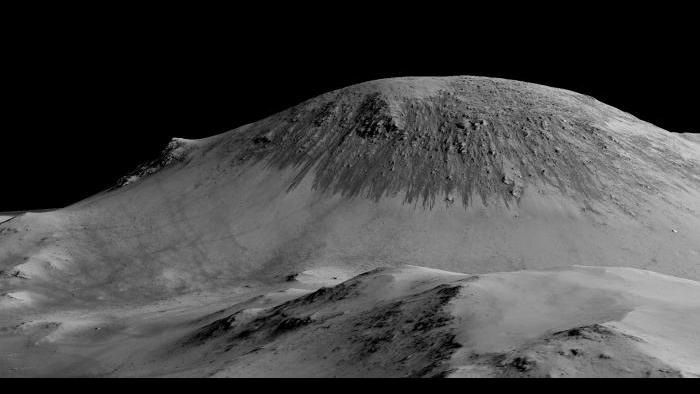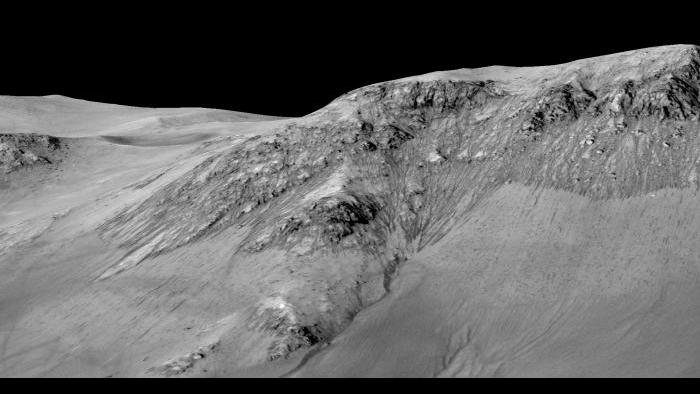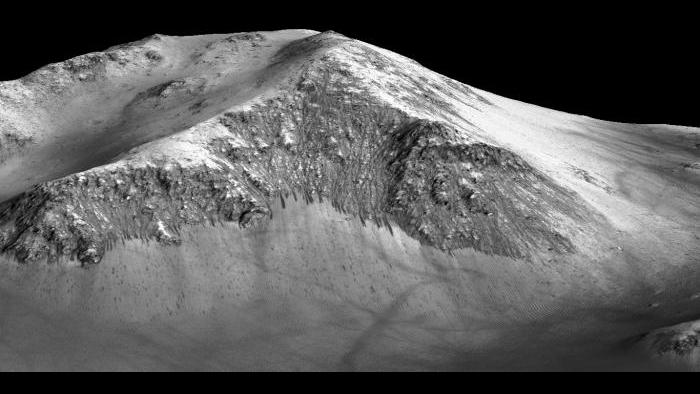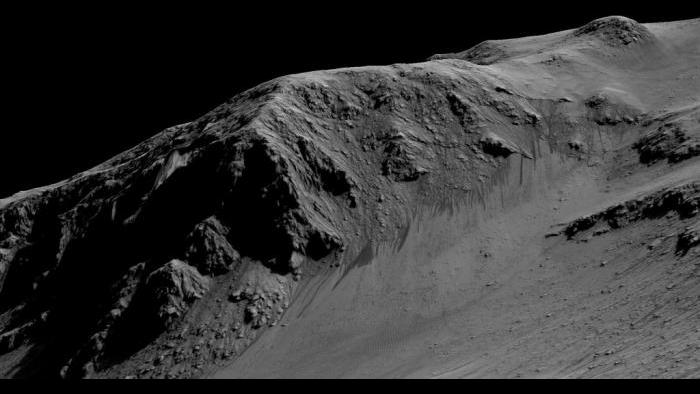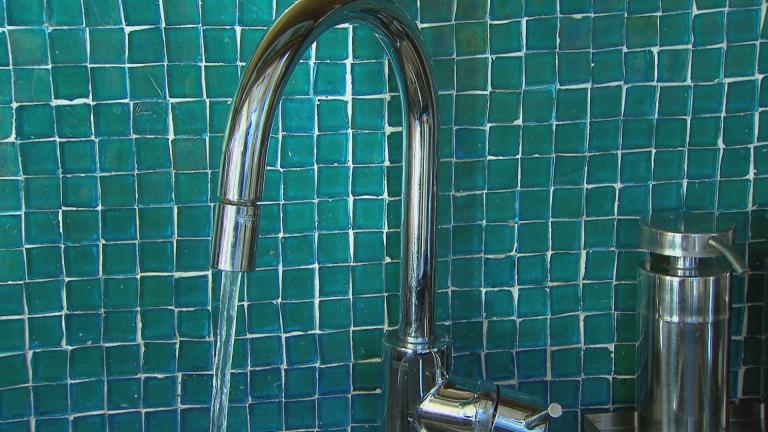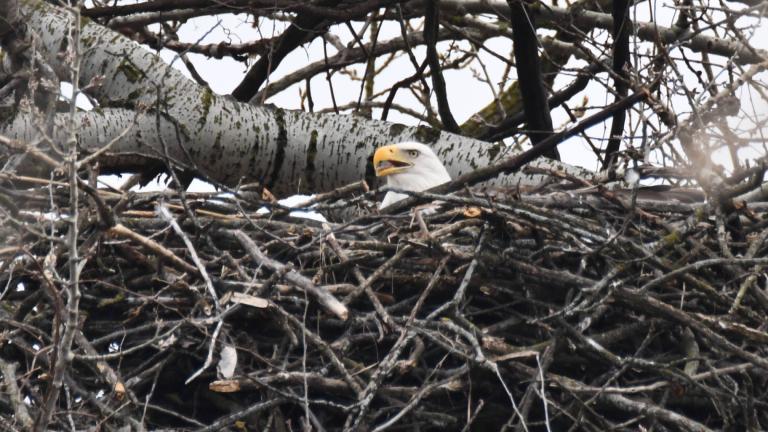When NASA said last week it would be making a big announcement today about a major discovery on Mars, the anticipation reached fever pitch.
Some space fans were hoping it would be about discovering life. But the announcement, accompanied by stunning images, was about something almost as significant as finding life and is in fact the key ingredient that could possibly harbor life forms.
"Under certain circumstances, liquid water has been found on Mars," said James Green of NASA. "Our rovers are finding that there's a lot more humidity in the air than we ever imagined. As we ingest the soils, they're moist, hydrated. Full of water."
So what are the "certain circumstances" that produce liquid water on Mars and what are the implications of this discovery?
"We're really excited about finding liquid water because everywhere that we look on the Earth where we find liquid water, we tend to find life thriving," said Lucianne Walkowicz, astronomer at the Adler Planetarium. "And so for a long time the search for live in the universe as NASA has put it simply, is to follow the water."
As to whether this liquid water could harbor life? The jury is out, said Walkowicz.
"This is very, very salty water," she said. "It's not clear that this environment is good for life, but we have hope."
Listen to our full conversation with Walkowicz – and see some stunning images – in the video above.
NASA's announcement
New findings from NASA's Mars Reconnaissance Orbiter (MRO) show evidence of intermittent liquid water flow on present-day Mars, NASA announced today. After analyzing data taken from an MRO imaging spectrometer, NASA researchers detected signs of hydrated minerals in seasonal, dark streaking lines that have been observed at multiple locations along the planet’s downhill slopes. The downhill flows, known as recurring slope lineae (RSL), have been suspected to be associated with liquid water and could be a key in identifying the potential existence of life on the mysterious planet.
"It took multiple spacecraft over several years to solve this mystery, and now we know there is liquid water on the surface of this cold, desert planet," said NASA Mars Exploration Program lead scientist Michael Meyer on NASA’s website. "It seems that the more we study Mars, the more we learn how life could be supported and where there are resources to support life in the future."
Below, recurring slope lineae images from Mars:
Watch NASA's Monday morning press conference below.

